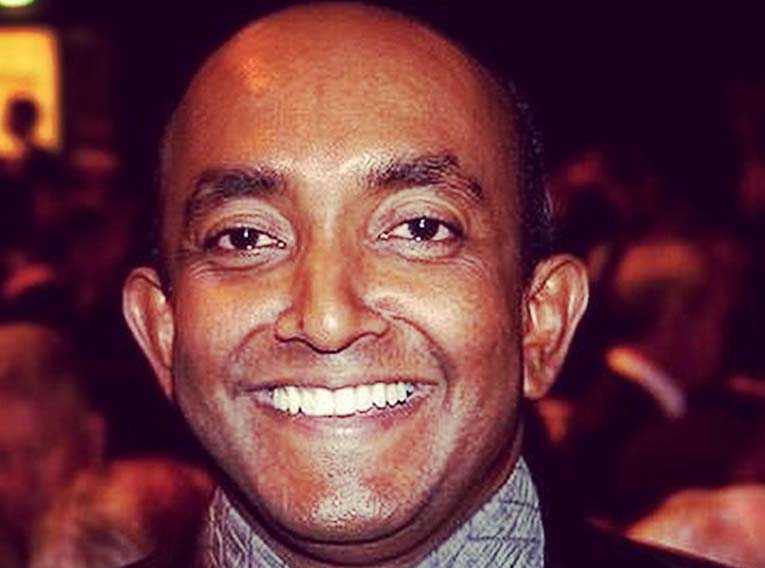A new grant unveiled by WA’s peak diabetes research funding group aims to help further pave the way for the early detection of diabetic retinopathy, the leading cause of blindness in working-age adults globally.
Diabetes Research WA has awarded $80,000 to the work of Professor Yogi Kanagasingam, telehealth research director at CSIRO’s Australian e-Health Research Centre, to help fund the next development phase of a world-first artificial intelligence-based screening system.
Once implemented, the technology will enable GPs to include eye-screening as part of their standard disease management programs, detecting people with diabetic retinopathy at high accuracy and removing the need to refer patients without the disease.
“At the moment only ophthalmologists and optometrists can test for the condition so patients often sit on waitlists or need to travel long distances to be assessed,” said Professor Kanagasingam.
“This means patients often do not get the test during the early detection window, which can cause irreversible loss of sight.
“The current regime is also costly because some patients are found to not have the condition, but have been on the waiting list, so this technology is poised to be a game-changer.”
Diabetic retinopathy occurs when the tiny blood vessels inside the retina at the back of the eye are damaged as a result of diabetes.
Professor Kanagasingam said he and his team were thrilled to win the Diabetes Research WA grant to help them further develop the technology.
“An initial trial at the GP Superclinic at Midland Railway Workshops revealed GP screening using this technology was as effective as a specialist in detecting signs of diabetic retinopathy and grading its severity,” he said.
“It’s incredibly exciting that patients will soon be able to get comprehensive diabetes care all in one place.”
Diabetes Research WA executive director Sherl Westlund said the charity was pleased to be supporting such an important project.
“Worldwide, the number of people with diabetic retinopathy is tipped to hit 191 million by 2030 so there is so much need for technology like this; it can potentially mean the difference between someone going blind or not which obviously has a huge impact on a person’s life,” she said.
The project involves ophthalmologist Prof Mei-Ling Tay-Kearney from Royal Perth Hospital and USbased firm TeleMedC has licensed the software with a view to commercialising the technology beginning with GP clinics in Australia and Singapore.

